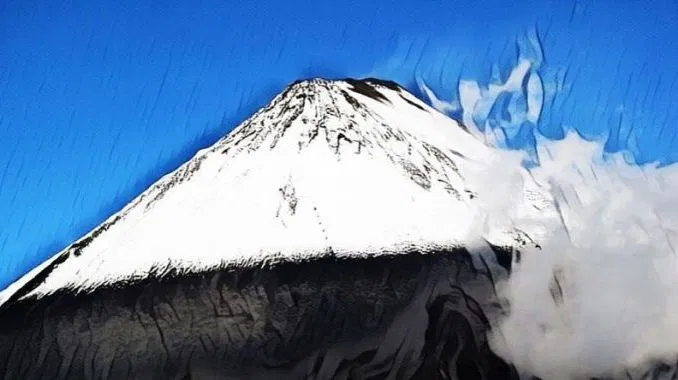
The Reventador volcano emanates columns of steam and ash up to 1,000 meters, the Gephysical Institute warns of possible descent of lahars from the Sangay volcano.
The Geophysical Institute of the National Polytechnic School (IGEPN) reported on Sunday July 12, 2020 that the Reventador volcano emitted ash, steam and gases, heading west and northwest with heights of 600 to 1,000 meters above the crater level.
The Reventador volcano began its current eruptive process in 2002 and is characterized by generating explosions, gas and ash emissions, lava flows and lahars.
It is 3,560 meters high and is located between the provinces of Napo and Sucumbíos. It is located about 90 kilometers east of Quito, with continuous volcanic activity.
The Geophysicist’s report, issued on Sunday, July 12, recorded the eruption of the colossus, where it details that incandescence was observed in the crater at dawn and the rolling of blocks up to 500 meters below the summit on all sides of the volcano.
In addition, the Geophysical Institute of the EPN warned this Monday, July 13, 2020, of the possible descent of lahars from the Sangay volcano, located in the province of Morona Santiago.
This phenomenon has been recurring since May 2019. Experts say this is caused by heavy rains on the volcano removing the accumulated material throughout these months of activity.
On June 17, 2020, the National Service for Risk and Emergency Management (SNGR) of Ecuador declared the province of Chimborazo on a «yellow alert» due to the constant fall of ash from the Sangay volcano.
The Risk Management Service also called on the Chimborazo Emergency Operations Committee to act «within its jurisdiction» and to remain alert.
El Sangay is 5,300 meters above sea level. Among the most active volcanoes in Ecuador are the Reventador (in the Amazon region), the Chiles-Cerro Negro (border with Colombia) and the Tungurahua and Cotopaxi (in the Andean center), the latter two with little activity in recent years. . (C.D.A.)
SOURCE: Geophysical Institute of the National Polytechnic School


Be the first to comment